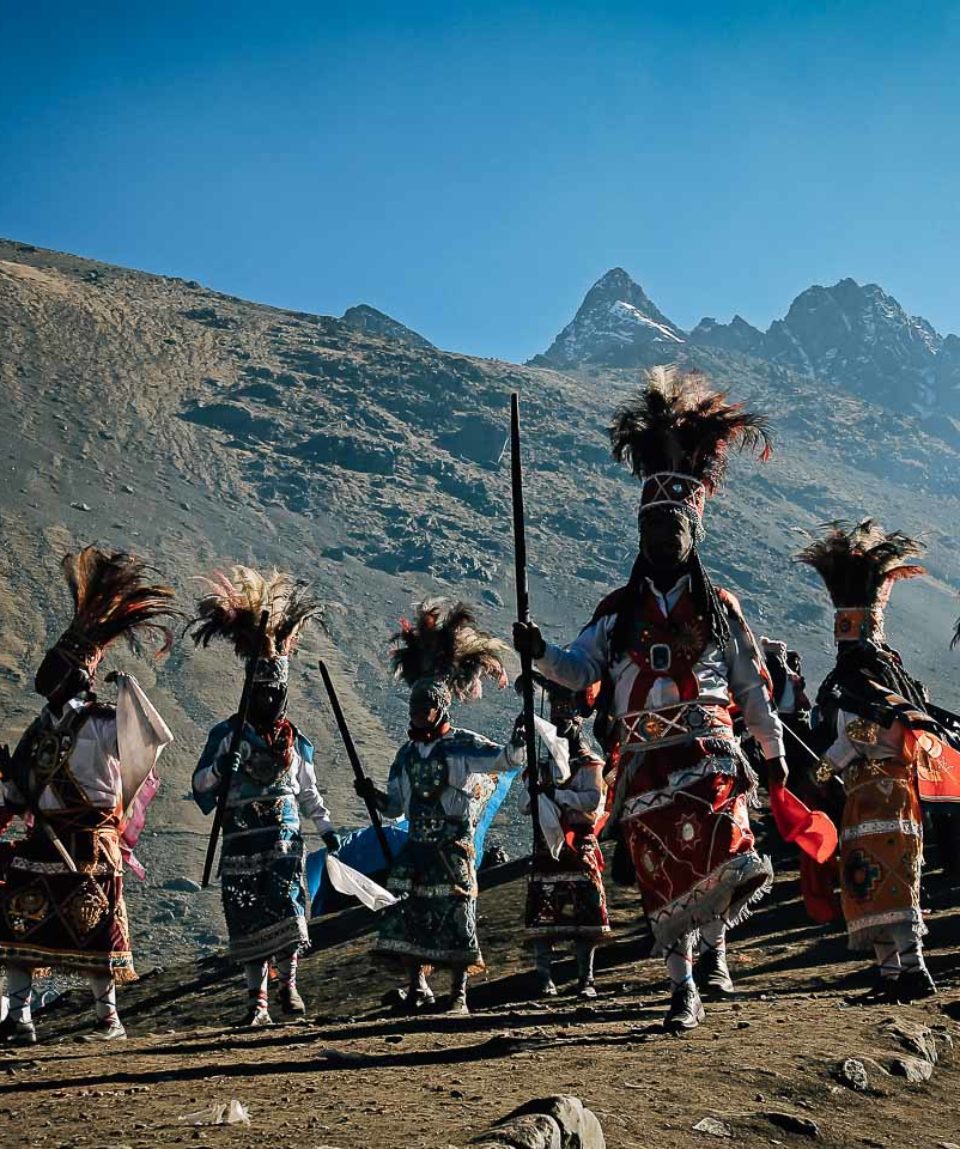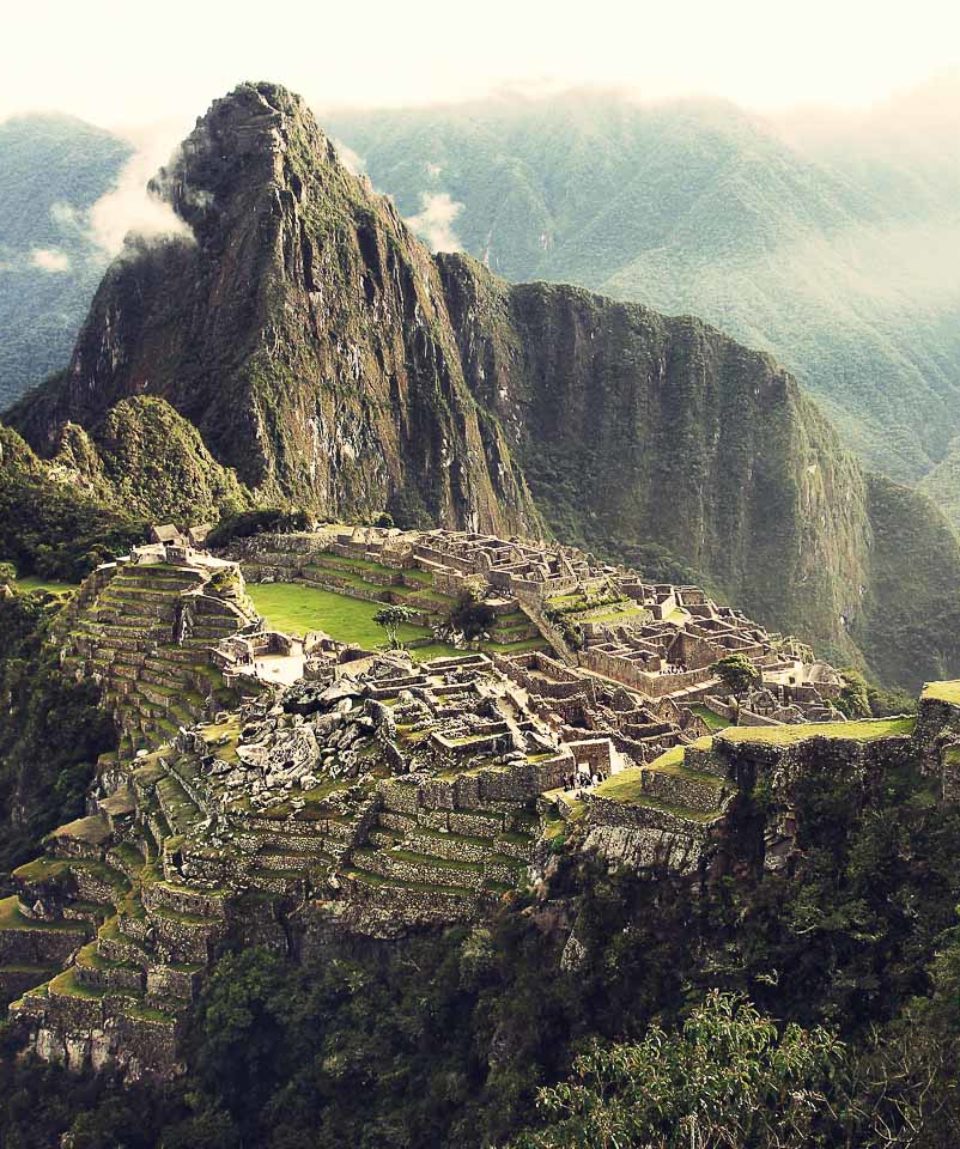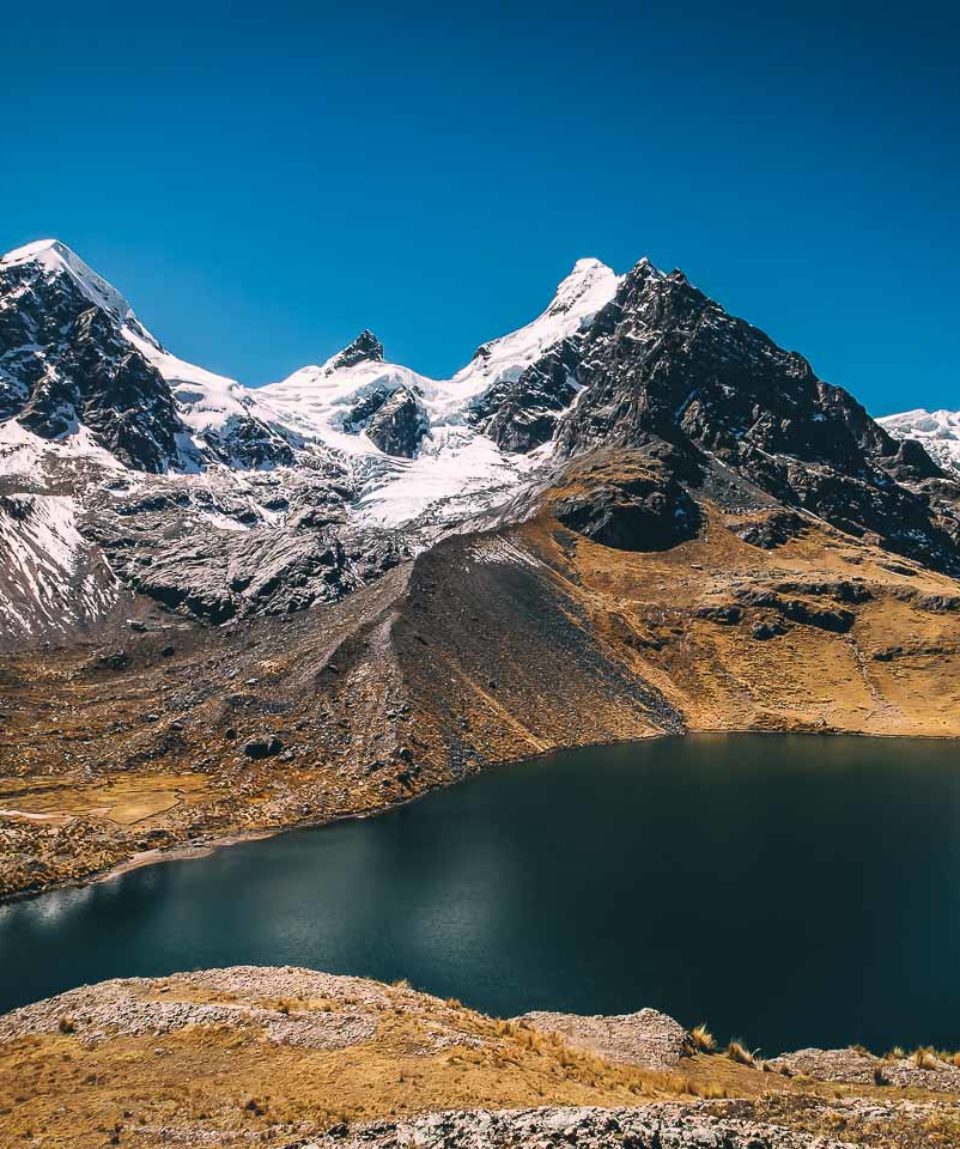Ausangate Trek, Pilgrimage and Inca
fromAttend two of the biggest festivals in Peru and trek the magnificent Ausangate mountain. On this trek, we discover the ancestral traditions of descendants of Incas and get to camp near tribal communities. We start this trek with the visit of Sacred Valley and Machu Picchu. After observing the beauty of the last Inca bridge, we continue with an 8-day trek towards the Ausangate, the sacred mountain of the Quechuas.
We end our trek on the Sinakara Glacier and witness the ‘great pilgrimage’ of Latin America. Shortly before the June solstice, one hundred thousand Quechua Indians gather, every year, at the heart of the Peruvian Andes. By mixing Andean rites and Catholic faith, this festival offers one of the most amazing syncretic shows in Latin America. The Ausangate Trek is a unique trip and only has one departure in a year. Contact us now and book this unforgettable trekking adventure of Peru.
- Reviews 0 Reviews0/5
- Style Type
- Culture
- Expedition
- Indigenous
- Peru
- Secret Planet
- Trekking
-
- Level Challenging
- Group Size Medium Group
Attend two of the biggest festivals in Peru and trek the magnificent Ausangate mountain. On this trek, we discover the ancestral traditions of descendants of Incas and get to camp near tribal communities. We start this trek with the visit of Sacred Valley and Machu Picchu. After observing the beauty of the last Inca bridge, we continue with an 8-day trek towards the Ausangate, the sacred mountain of the Quechuas.
We end our trek on the Sinakara Glacier and witness the ‘great pilgrimage’ of Latin America. Shortly before the June solstice, one hundred thousand Quechua Indians gather, every year, at the heart of the Peruvian Andes. By mixing Andean rites and Catholic faith, this festival offers one of the most amazing syncretic shows in Latin America. The Ausangate Trek is a unique trip and only has one departure in a year. Contact us now and book this unforgettable trekking adventure of Peru.
Highlights of this trip are:
- Ausangate trek in 8 days
- Machu Picchu and the Sacred Valley
- Lake Titicaca
- The Q’eswachaka, the last Inca bridge
- Peru travel adviceby GOV.UK on 24/09/2024 at 8:54 am
New information on Oropouche virus disease and yellow fever ('Health' page).
- Day 1 EUROPE - ARRIVAL IN LIMA
- Day 2 LIMA - CUSCO
- Day 3 CUSCO - CHINCHERO - MORAY - MARAS - OLLANTAYTAMBO
- Day 4 OLLANTAYTAMBO - AGUAS CALIENTES
- Day 5 AGUAS CALIENTES - MACHU PICCHU - PISAC
- Day 6 PISAC - AUSANGATE - VINICUNCA - MOUNTAIN ARC-EN-CIEL - CHILCA
- Day 7 CHILCA - AUSANGATE COCHA
- Day 8 AUSANGATE COCHA - COL PALOMANI - JAMPAPAMPA
- Day 9 JAMPAPAMPA - JAMPA COLLAR - PACCHANTA
- Day 10 PACCHANTA - ARMACOCHA
- Day 11 ARMACOCHA - SINGRENACOCHA
- Day 12 SINGRENACOCHA - MAHUAYANI - SANCTUARY OF THE QOYLLURIT'I
- Day 13 SANCTUARY OF QOYLLURIT'I
- Day 14 SANCTUARY OF QOYLLURIT'I - CUSCO
- Day 15 CUSCO - VISIT OF 4 RUINS
- Day 16 CUSCO - PROCESSION OF CORPUS CHRISTI
- Day 17 CUSCO - INCA BRIDGE
- Day 18 INCA BRIDGE
- Day 19 INCA BRIDGE - CUSCO
- Day 20 CUSCO - LIMA FLIGHT AND INTERNATIONAL FLIGHT
- Day 21 ARRIVAL IN THE UK
ACCOMMODATION
In a good standard hotel (base: double room) in Cusco and Lima. During the rest of the trip, if we are in small cities, we will stay in a lodge, hostel, homestay. If not such accommodation is available, we will stay in a tent.
MEALS
In cities, we will dine in at local restaurants so that we can discover the typical local cuisine. Often the evening meal is taken in the hostel or at a local restaurant.
Water: plan pellets (Micropur type or others) to disinfect the water you put in your bottle, depending on the source and on the advice of your guide. You can also buy mineral water on site (not included in the price) but its ecological impact is high therefore, we do not recommend it.
For your trip, plan 15 to 18 kg maximum, outside of your hand luggage, even if in most flights you will be entitled to 20 kg in the hold and 10 kg in the cabin. Attention, any extra and overweight bag will be charged directly by the airline during check-in. If you have domestic flights, check that there are no specific baggage restrictions. Finally, note that security checks have become very strict at airports: put the knives, scissors, nail files in your hold bag, the same for bottles and tubes of more than 100 ml.
CLOTHING
You need several layers to add or remove depending on the temperature and your activity. You’ll be able to wash some quick-drying things on the way, including underwear and socks. The following is the recommended list of clothing
- Gore-Tex® waterproof and breathable jacket
- Poncho or rain cape
- Micro-fleece sweater or jacket, finer
- Technical and / or short-sleeved T-shirts (avoid cotton, long to dry)
- Lightweight trousers canvas
- Zip trousers, cropped trousers or bermuda shorts
- Walking socks
- Underwear
- Swimsuit
- Hat, cap or headband to protect from the sun
SHOES
- A pair of walking shoes, which you are used to (to avoid blisters) for hiking trails.
- A pair of lighter walking shoes, which will be useful for flights, transfers, site visits and evenings.
- Pair of flip-flops, sandals or Crocs® type for the toilet
No visa for the UK, Belgian or Swiss nationals, for a stay of fewer than three months. For other nationalities, inquire at the consulate or embassy. Passport must be valid for 6 months at the date of arrival to Peru. A visa will be required if your flight stops in the USA (see ESTA simplified online procedure). These formalities may change and we thank you for checking the conditions of entry with the consular authorities of the country visited. Each traveller is responsible for compliance with these formalities
TRANSPORT BAGS AND STORAGE
- A large flexible travel bag (possibly with wheels) or backpack minimum of 60 litres. This luggage must be resistant (use a cover if necessary). You can also protect your belongings from dust or moisture by storing them in one or more plastic bags inside your bag. Four or five covers (ventilated) of different sizes can compartmentalize your things in your bag, which is handy.
- A small backpack of about 35 litres for your personal belongings during the days or half-days of hiking. It will also serve you as hand luggage and cabin during air transport.
There are several items that are highly recommended for you to have. The items are;
- 2-litre bottle and tablets to disinfect water – Pocket knife type Opinel® or Laguiole® and/or a “Swiss army knife” multi-use, to put in the baggage recorded in the hold
- Headlamp type Petzl® + spare batteries
- Hand-charging torch (more eco-friendly and economical)
- Headlamp with red light for nature observation + spare battery
- Good quality sunglasses
- Sunscreen (high index) + lip balm.
- Pair of binoculars to observe the beauty of nature (optional).
- Camera(optional). Remember to protect it from dust and moisture (in a zippable plastic bag with Silicagel bag for example).
- A power adapter to recharge the batteries
- Colour photocopy of the passport facilitates administrative procedures in case of loss or theft (not to be kept in the same place as the passport!). Always in case of loss or theft of the passport, having aside two pictures of identities can be of great service.
Please follow the link for the latest health advice
-
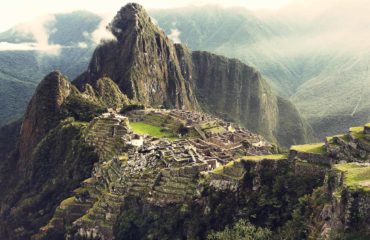 Altiplanique summits - from Licancabour to l’Aucanquilcha 6 176 m
Altiplanique summits - from Licancabour to l’Aucanquilcha 6 176 m -
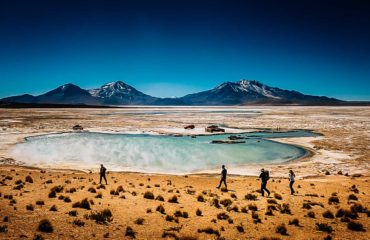 Altiplanique summits - from Licancabour to l’Aucanquilcha 6 176 m
Altiplanique summits - from Licancabour to l’Aucanquilcha 6 176 m -
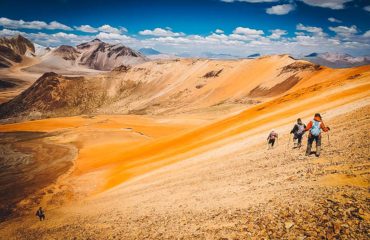 Altiplanique summits - from Licancabour to l’Aucanquilcha 6 176 m
Altiplanique summits - from Licancabour to l’Aucanquilcha 6 176 m -
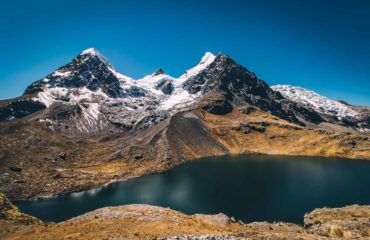 Altiplanique summits - from Licancabour to l’Aucanquilcha 6 176 m
Altiplanique summits - from Licancabour to l’Aucanquilcha 6 176 m -
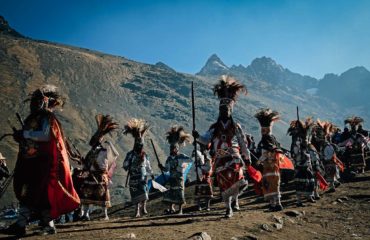 Altiplanique summits - from Licancabour to l’Aucanquilcha 6 176 m
Altiplanique summits - from Licancabour to l’Aucanquilcha 6 176 m -
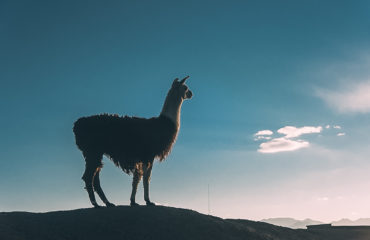 Altiplanique summits - from Licancabour to l’Aucanquilcha 6 176 m
Altiplanique summits - from Licancabour to l’Aucanquilcha 6 176 m


